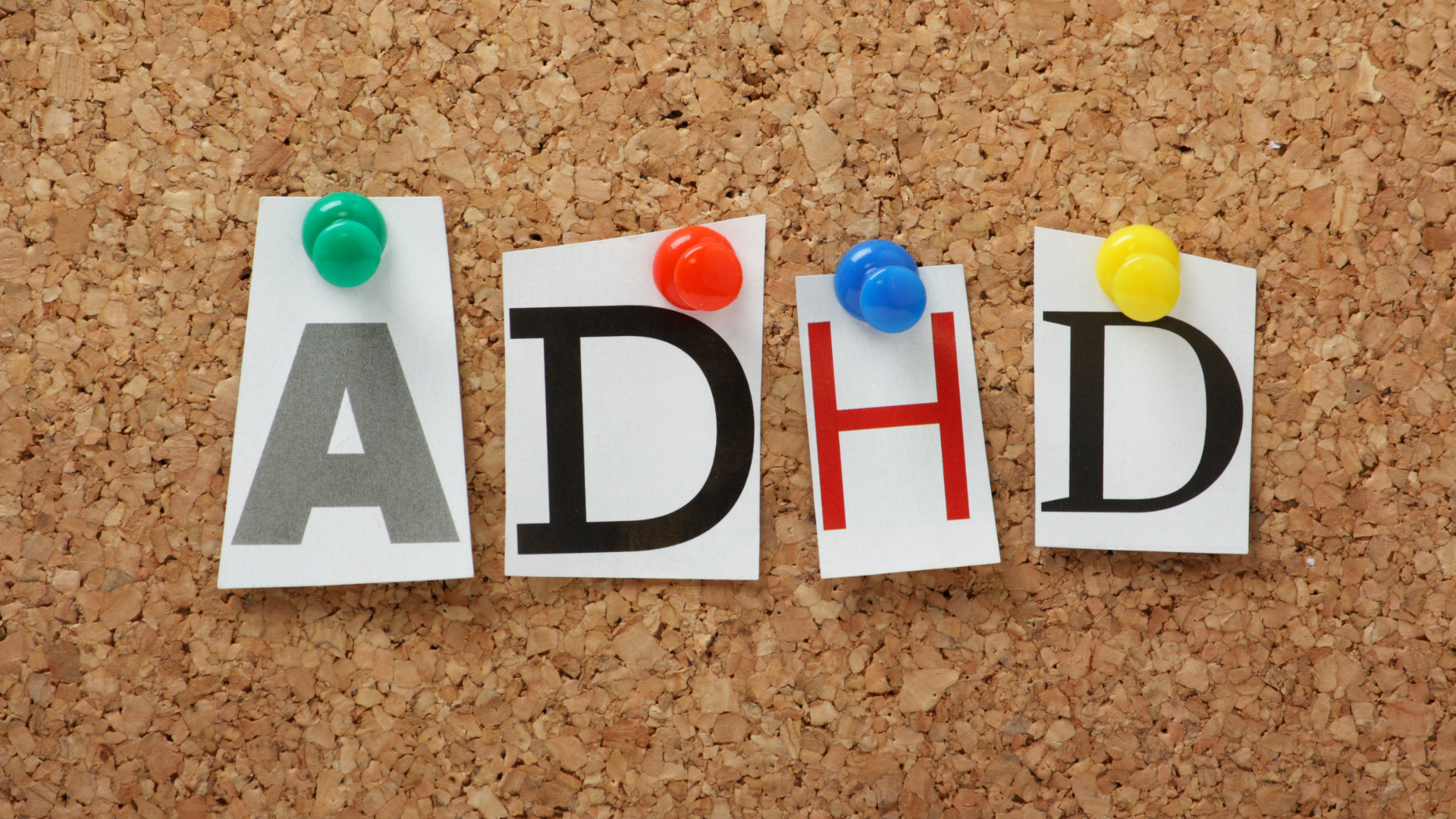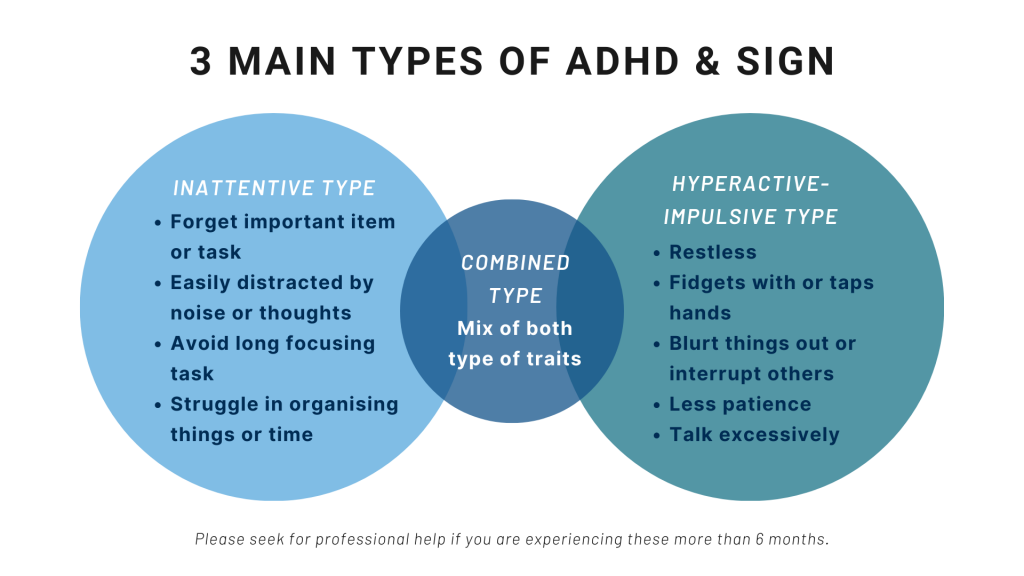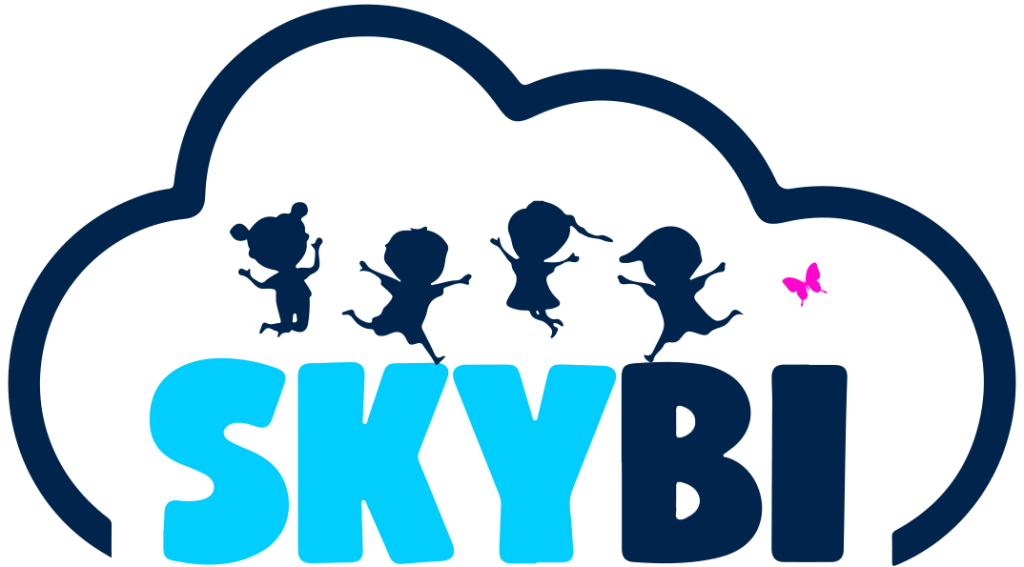13-9, 2 Rio Tower, Persiaran Rio, Bandar Puteri, 47100 Puchong, Selangor, Malaysia.

Is ADHD a Mental Illness—Or Part of Neurodiversity?
- On
- InUncategorized
Understanding ADHD in Malaysia
Attention Deficit Hyperactivity Disorder (ADHD) is a term you’ve probably come across online—or maybe even in your family or workplace. But the question many Malaysians still ask is: “Is ADHD a mental illness, or simply part of natural brain diversity?”
As awareness grows, confusion and stigma remain. Parents may wonder if their child’s restlessness in school is just “nakal” (naughty) behaviour. Young adults might feel guilty about struggling to focus at work. Employers sometimes mislabel an employee as careless when ADHD may be the reason behind missed deadlines or forgetfulness.
This article helps clear up the confusion. You’ll learn what ADHD really is, how it’s diagnosed, and why the way we define it matters—not just for individuals, but also for families and workplaces across Malaysia.
What Is ADHD and How Is It Diagnosed?
Clinically, ADHD is not a personality flaw or laziness, but a neurodevelopmental disorder described in the DSM-5 (the diagnostic manual used by professionals). It typically begins in childhood and often persists into adulthood.
There are three main types:
- Inattentive type: Easily distracted, forgets tasks, struggles with organisation.
- Hyperactive-impulsive type: Restless, fidgety, interrupts others, finds it hard to wait.
- Combined type: Shows a mix of both inattentive and hyperactive-impulsive traits.

Unlike common mental illnesses such as depression or anxiety, ADHD is classified as a neurodevelopmental condition. In Malaysia, diagnosis usually involves clinical interviews, behaviour assessments, and sometimes psychological testing. But the process is not easy—waiting times can be long, stigma prevents families from seeking help, and access to specialists is often limited outside major cities.
Is ADHD a Mental Illness or Something Else?
Traditionally, ADHD was seen through the medical model: a disorder that needs to be treated. This view focuses on reducing symptoms and fixing impairments.
But in recent years, the neurodiversity model has gained attention. From this perspective, ADHD is simply a natural difference in how brains function. It still presents challenges, but also offers unique strengths—such as creativity, quick decision-making, and innovative problem-solving.
Both perspectives are valuable. Clinical support remains crucial for individuals who face significant daily challenges. At the same time, embracing ADHD as part of neurodiversity allows people to see themselves not as “broken,” but as different—with strengths worth celebrating.
What Is Neurodiversity and Why It Matters
Neurodiversity is the belief that every brain develops differently—and those differences are part of normal human variation. Conditions like ADHD, autism, or dyslexia are not defects to be “fixed,” but natural forms of diversity.
For many Malaysians with ADHD, this perspective brings empowerment. It shifts the focus from what’s “wrong” to what’s possible, which allows them to embrace their strengths, such as:
- Creative, innovative thinking
- High energy and enthusiasm
- Fresh perspectives on problems
- Quick decision-making under pressure
In today’s rapidly changing world, these qualities are highly valued in schools, families, and workplaces. Recognising ADHD as part of neurodiversity not only reduces stigma but also encourages communities to see hidden strengths.
Can ADHD Be Cured? Or Just Managed Effectively?
The short answer: ADHD cannot be cured—but it can be managed.
Evidence-based approaches include:
- Behavioural therapy: Building coping strategies and routines
- Medication: Stimulant or non-stimulant options to improve focus
- Lifestyle strategies: Exercise, balanced nutrition, good sleep, mindfulness
- Supportive tools & apps: Digital reminders, planners, or focus tools
Early diagnosis is key. In Malaysia, many people are underdiagnosed—especially adults and women—causing delays in getting the support they need.

ADHD in Malaysia: The Cultural and Systemic Challenges
Stigma remains a major barrier. Children are often labelled “nakal” (naughty), “malas” (lazy), or “kurang ajar” (ill-mannered). Such misconceptions prevent families from seeking timely help.
Specialist services are usually concentrated in urban areas, leaving rural families underserved. Adult ADHD is also often overlooked—especially in women, who may be misdiagnosed with depression or anxiety. Without proper support, daily challenges can escalate into more serious mental health issues.
For real progress, Malaysia needs an inclusive national conversation that normalises ADHD as a valid condition and champions equal opportunities for those affected.
Why How We Define ADHD Matters
The words we use carry weight. When ADHD is labelled purely as a “mental illness,” the effects can be harmful:
- Lower self-esteem among individuals
- Barriers to employment opportunities
- Less willingness to seek help due to stigma
On the other hand, framing ADHD as part of neurodiversity can:
- Foster identity and self-advocacy
- Build supportive communities
- Encourage accommodations in schools and workplaces
Perhaps the best approach is a balanced view—acknowledging ADHD as a condition that requires support, while also recognising its potential strengths. Research shows, for instance, that distractibility can help people with ADHD notice details others overlook—sparking fresh, original ideas (Nordby et al., 2023).
Reframing ADHD with Compassion and Clarity
Clinically, ADHD is a neurodevelopmental disorder. But it’s also part of a neurodivergent identity that goes beyond labels like “illness” or “disorder.”
Whether you are a parent, a young adult, or an employer, approaching ADHD with compassion makes a difference. It means seeing not just the challenges but also the strengths.
If you’re wondering whether you or your child may be experiencing ADHD—or if you simply want to understand it better—seeking clarity is the first step.
👉 At Skybi, we provide supportive, private and evidence-based assessments tailored to individuals across Malaysia. Learn more about Skybi ADHD Assessment services now. You can also reach out on WhatsApp anytime for friendly guidance.
Written by Wei Xin on 19 August 2025
Reference
Nordby, E. S., Guribye, F., Nordgreen, T., & Lundervold, A. J. (2023). Silver linings of ADHD: a thematic analysis of adults’ positive experiences with living with ADHD. BMJ open, 13(10), e072052. https://doi.org/10.1136/bmjopen-2023-072052







